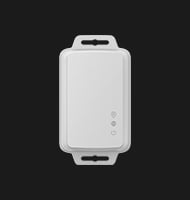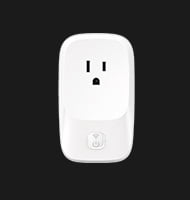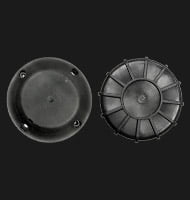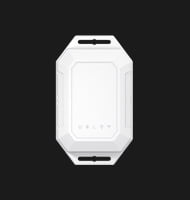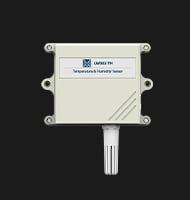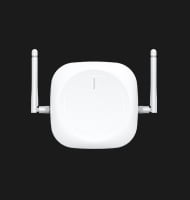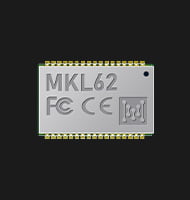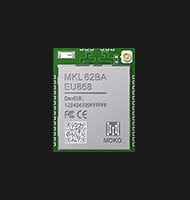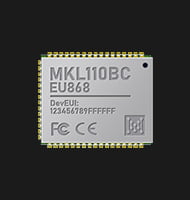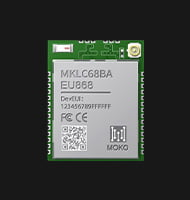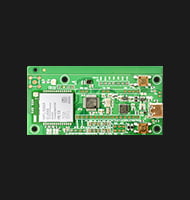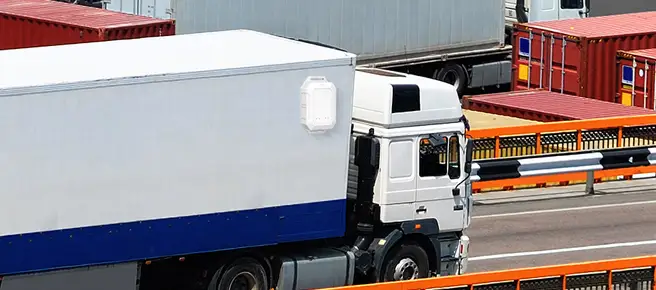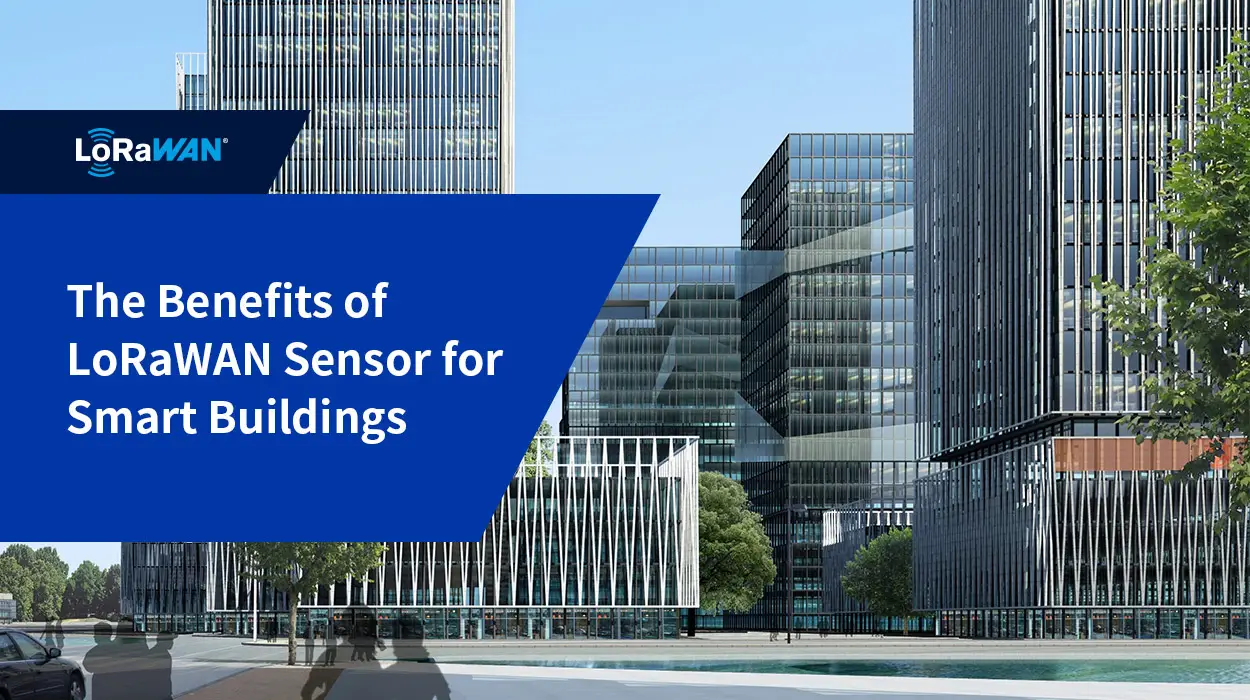Smart buildings transform our lives and work by offering unprecedented levels of comfort, efficiency, and sustainability. At the heart of these intelligent structures lies the integration of sensors and advanced connectivity technologies, which are poised to revolutionize the capabilities of smart buildings. By leveraging advanced LoRaWAN sensor for smart buildings, the way we interact with our surroundings has been refined. In this blog, we will explore the world of LoRaWAN sensors, delving into how they enhance the functionality and performance of smart buildings.
Understanding LoRaWAN technologies for smart buildings
LoRaWAN, or Long Range Wide Area Network, is a wireless communication protocol designed to facilitate Internet of Things (IoT) applications. Unlike traditional Wi-Fi or Bluetooth, LoRaWAN offers exceptional long-range coverage and operates on low power, making it ideal for connecting numerous sensors across a large area. With its ability to penetrate walls and other obstacles, LoRaWAN ensures seamless connectivity for a wide range of sensors, collecting comprehensive data for building operations. A wide range of LoRaWAN sensor for smart buildings enables real-time data collection and analysis for efficient building management. It has become the go-to solution for connecting devices and sensors in smart buildings.
The role of sensors in smart buildings
Imagine a building that can adapt to your needs, anticipate issues, and proactively optimize its operations. Sensors play a vital role in turning this vision into a reality. Acting as the “eyes and ears” of smart buildings, sensors capture valuable data that is essential for automation and informed decision-making.
They monitor and gather various parameters such as temperature, occupancy, air quality and lighting levels. Whether it’s monitoring workspace occupancy, managing energy consumption, enhancing security, or optimizing asset tracking, LoRaWAN sensor for smart buildings provides the crucial data needed for optimizing building operations.
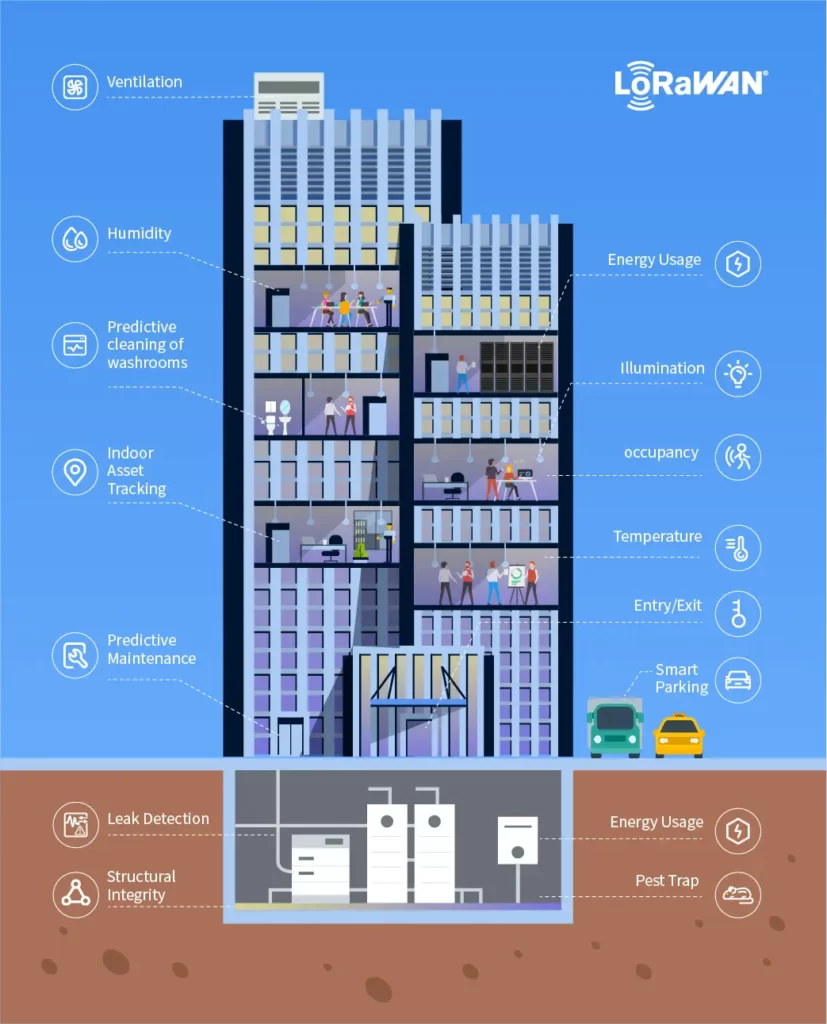
Advantages of LoRaWAN sensors in smart buildings
The integration of LoRaWAN sensor for smart buildings has become a prominent topic, given their versatile applications and the growing interest from companies seeking to embrace innovative solutions. This technology brings forth a multitude of notable advantages, including:
Long-range communication capabilities
Long-range communication capabilities: LoRaWAN sensors offer exceptional coverage, enabling seamless connectivity across a vast smart building. Even in complex building environments, LoRaWAN signals can penetrate dense building structures to guarantee reliable communication.
Low power consumption and extended battery life
LoRaWAN sensors operate on low power, which translates to significantly extended battery life. With reduced energy requirements, these sensors can operate for longer periods without requiring frequent battery replacements or maintenance, ensuring continuous monitoring and cost savings.
Scalability and ease of deployment
LoRaWAN sensors can be easily deployed and scaled up as per the requirements of a smart building. With their ability to connect thousands of sensors to a single network, LoRaWAN enables seamless expansion and integration with other IoT devices and systems.
Cost-effective solution for large-scale sensor deployments
LoRaWAN sensor for smart buildings are cost-effective, with low-power operation reducing energy consumption and maintenance costs. Their scalability and ease of deployment further contribute to overall cost savings. This makes it an economical choice for large-scale smart building projects.
Different applications of LoRaWAN sensor for smart buildings
LoRaWAN sensors find application in various domains within smart buildings, enabling intelligent monitoring and automation. They have opened Pandora’s box of possibilities for smart buildings to be smarter, more secure and energy-efficient. Let us study the various applications of LoRaWAN sensor for smart buildings:
Workspace Occupancy Monitoring
- PIR motion sensor
- Door sensor
Efficiently utilizing workspace is essential for enhancing productivity and resource allocation. LoRaWAN sensors such as PIR motion sensors and door sensors accurately detect occupancy, providing valuable insights into workspace usage patterns. This data enables informed decisions on space optimization, HVAC adjustments, and energy management.
Energy Management and Conservation
- Smart meter plug
- LoRaWAN energy meter
- Light sensor
- Water flow meter
Smart buildings prioritize energy efficiency and sustainability. LoRaWAN sensors play a crucial role in monitoring and optimizing energy consumption. Smart meter plugs allow for real-time monitoring of individual devices, while LoRaWAN energy meters provide comprehensive data on energy usage throughout the building. Light sensors and water flow meters further contribute to efficient energy management and conservation.
Security and Safety Applications
- PIR motion sensor
- Door/window sensor
- LoRaWAN panic button
Creating a safe and secure environment for occupants is paramount in smart buildings. LoRaWAN sensor for smart buildings offers a range of security and safety applications, including PIR motion sensors, door/window sensors, and LoRaWAN panic buttons. These sensors detect unauthorized access, trigger alarms, and enable prompt response in emergency situations.
Asset Tracking and Management
- LoRaWAN GPS tracker
- LoRaWAN asset tracker
Managing assets in large-scale buildings can be challenging. LoRaWAN GPS trackers and asset trackers provide real-time location data, allowing facility managers to monitor and optimize asset utilization. From equipment and furniture to vehicles and inventory, the LoRaWAN sensor for smart buildings ensures efficient asset management and reduce operational costs.
Smart Parking
Urban areas often face parking challenges, leading to congestion and frustration. LoRaWAN parking sensors address this issue by providing real-time information on parking space availability. Drivers can easily locate vacant spots, reducing traffic congestion and enhancing the overall parking experience.
Environmental Monitoring and Control
- Temperature and humidity sensor
- Water leak sensor
- Air quality sensor
- Air pressure sensor
- LoRaWAN light sensor
- Smoke detector
Maintaining a comfortable and healthy environment is crucial for promoting the well-being of occupants. LoRaWAN sensor for smart buildings provide an extensive selection of environmental monitoring solutions, such as temperature and humidity sensors, air quality sensors, light sensors, and smoke detectors. Through these sensors, proactive actions can be taken to optimize air quality, identify leaks, and maintain ideal conditions.
Building Maintenance & Compliance
- Ultrasonic level sensor
- Smoke detector
- Fluid measurement sensor
- Pipe pressure sensor
- Waste bin sensor
Maintaining buildings and complying with regulations are critical for safe and efficient operations. LoRaWAN sensors such as ultrasonic level sensors, smoke detectors, fluid measurement sensors, and pipe pressure sensors enable proactive maintenance and compliance adherence. By detecting anomalies and providing real-time data, these sensors facilitate timely actions, preventing costly repairs and ensuring regulatory compliance.
How to select suitable LoRaWAN sensor for smart buildings
If you think about LoRaWAN smart building solutions in general, you will agree that LoRaWAN has made a significant impact across various fields. However, choosing the right LoRaWAN sensor for smart buildings can be daunting without knowing the essential factors to consider. To simplify the selection process, here are key points to note:
- Identify specific requirements: Determine the specific needs of your smart building project, such as environmental monitoring, occupancy monitoring, or energy management.
- Assess range and coverage: Assess the size and layout of your building to ensure that the selected LoRaWAN sensors provide sufficient range and coverage for seamless connectivity.
- Consider power efficiency: Look for sensors with low power consumption and long battery life to maximize service life and minimize maintenance requirements.
- Evaluate sensor accuracy and reliability: Review the accuracy and reliability of the sensors’ measurements to ensure they meet the required standards for your smart building applications.
- Assess sensor maintenance and support: Consider the availability of maintenance support and the ease of replacing or repairing sensors if needed.
MOKOLoRa: Your best smart building sensor partner
MOKOLoRa is your reliable smart building sensor partner, specializing in LoRaWAN technology and providing a diverse range of sensors. Our OEM&ODM LoRaWAN sensor solutions ensure optimal top-notch performance and cost-effectiveness. By partnering with MOKOLoRa, you gain access to reliable connectivity, accurate monitoring, energy optimization, and exceptional technical support. Reach out to our IoT expert today to ensure successful LoRaWAN sensor for smart buildings implementation.

